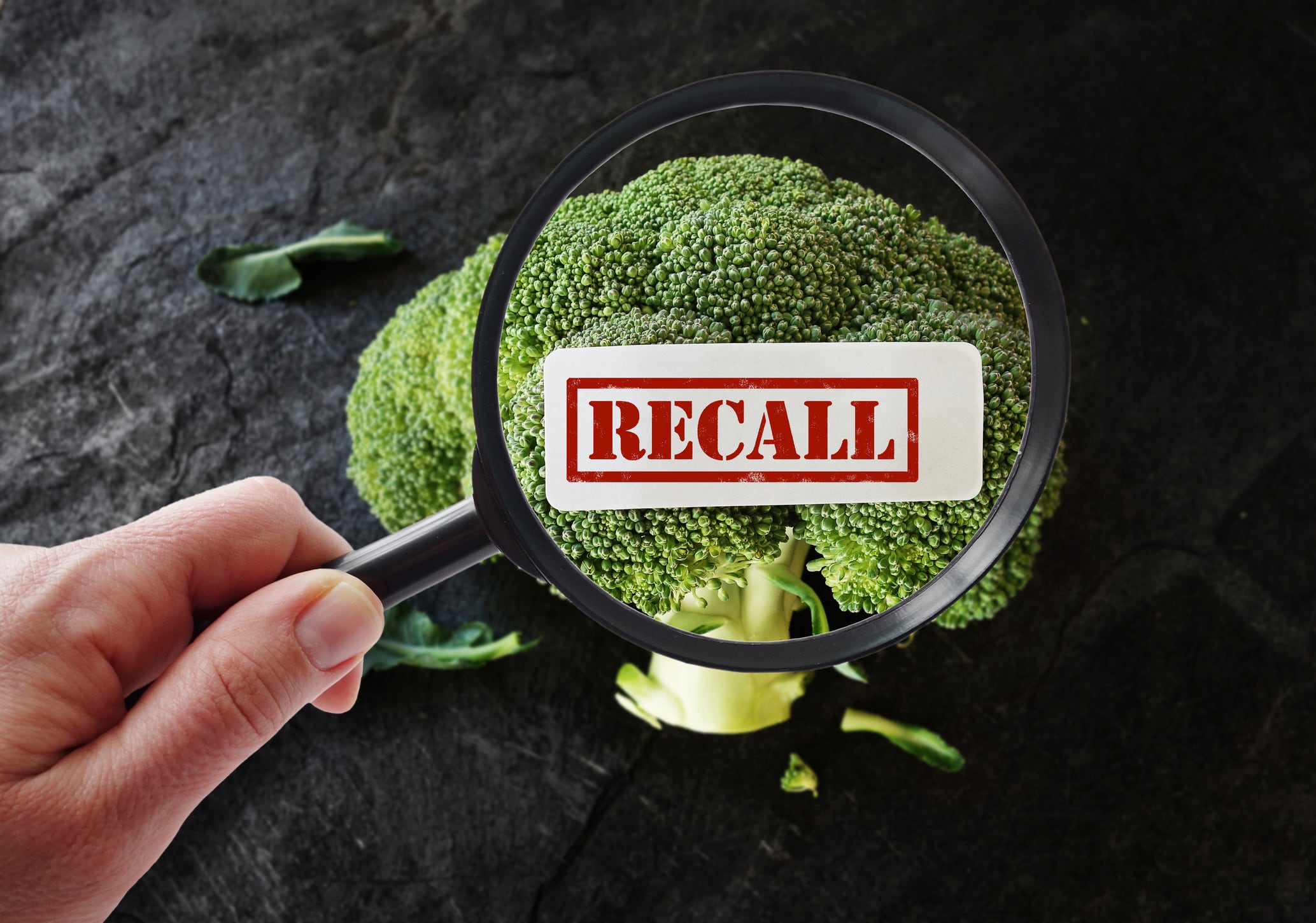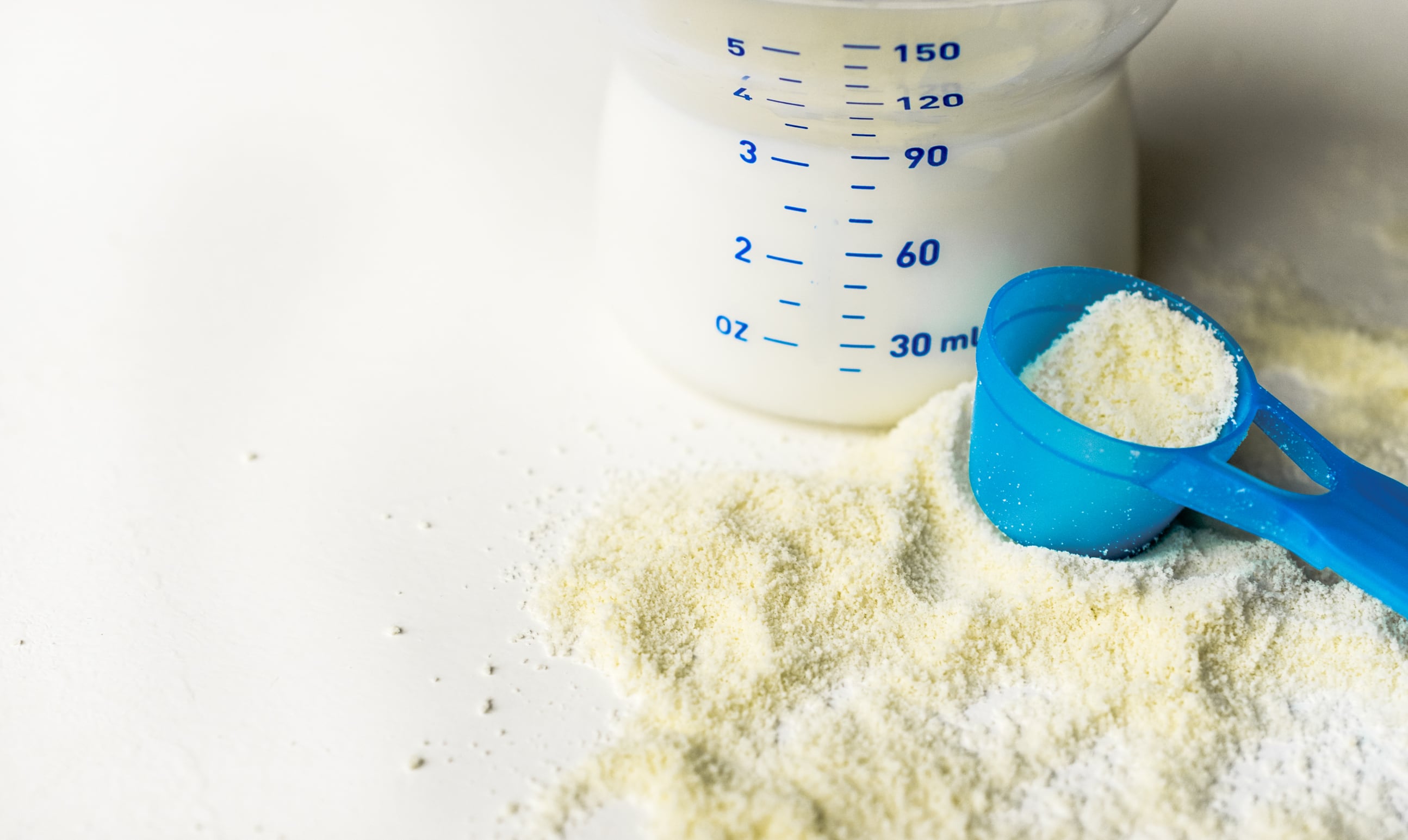Food recalls are one of the most high-stakes crises a brand can face. Yet, many businesses are far less prepared than they think, according to Roger Hancock, CEO of recall management software company Recall InfoLink. ,
“The biggest mistake is they aren’t ready,” Hancock said. “They might be ready to do a traceability exercise, but actually recalling product – putting messaging together, contacting the right people at the right time, using the right channel – those things are missing largely because they haven’t practiced.”
Why ‘mock recalls’ fall short
Many manufacturers lean on mock recalls to meet audit requirements, but Hancock stressed that what they’re actually running is closer to a traceability drill.
In most cases, the exercise stops at identifying what product has the defect and where it sits in the supply chain, Hancock explained. What’s missing is the practice of external communication which involves crafting messages and delivering them to trading partners or consumers.
An effective simulation, he said, should go further: “It’s one that not only happens inside your business, but also communicates to some of your trading partners. Doing that external communication is really what’s needed to make mock recalls effective at preparing people.”
Hancock noted that these exercises often expose gaps, such as companies using internal jargon instead of customer-friendly product names or failing to provide a means for retailers to confirm they’ve taken the required actions.
‘Recalls are B2C’
Hancock urged brands to adopt a mindset shift: While recalls ultimately protect consumers, they must be executed as supply chain events. The goal is to efficiently remove defective products before they reach, or further harm, shoppers.
“Recalls are B2C in the sense that they’re about protecting consumers,” he explained. “But, the process itself runs through the entire supply chain. That means everyone has a role.”
The infant formula recall in 2022, for example, gravely underscored the lack of supply chain diversity where the industry relied on only a few manufacturers to produce formula. Recently, FDA’s Operation Stork Speed pushes for ‘radical transparency’ to improve recall communications and procedures.
Building a recall-ready team
Preparation begins with assembling the right people. Recalls touch nearly every department of a business, from quality assurance, logistics and operations to legal, finance, customer support and media relations.
“This recall process is multi-dimensional, multi-functional,” Hancock said. “The only way to get ready is for all of the players to participate in the simulation.”
One reason companies struggle, he added, is that recall readiness rarely falls explicitly into someone’s job description beyond quality assurance.
“Because recalls don’t happen frequently at the manufacturer level, getting people to schedule time for something that isn’t specific to their job is a challenging thing to do,” Hancock explained.
Messaging across channels
Hancock advised brands to tailor messaging to the channel while maintaining consistency across outlets.
A recall notice in a store or point-of-sale setting needs to be concise and clear, while text messages should quickly highlight the affected product and necessary consumer action, he recommended. Social media posts should avoid sowing confusion, which can trigger waves of questions and prolong a crisis, he added.
Clear communication, he said, not only helps contain the recall but also reassures consumers. “If people are able to understand what’s been recalled, why it’s been recalled and how it affects them, it comes across as the brand is caring about them. So, it truly protects the brand.”
The future of recalls: Technology and collaboration
Looking ahead, Hancock says he sees digitization and automation reshaping recall efficiency.
Initiatives like the Alliance for Recall Ready Communities, which encourages companies to practice recalls together and share information more consistently, are pushing the industry to prepare at the supply chain level rather than one company at a time, Hancock noted.
As supply chains have grown more complex post-COVID, he said, coordination and speed are paramount.
“Improving the data sharing and improving the automated messaging is going to go a long way to changing the way recalls happen,” Hancock said. “Having recalls done as a supply chain rather than as individual companies is going to help recalls happen faster and easier and more complete.”
How Recall InfoLink fits in
Recall InfoLink provides software to streamline the recall process, enabling brands to notify both trading partners and consumers in real time. The platform supports communication through emails, texts, phone calls, POS notices and press releases, while also tracking compliance and documenting outcomes.
“We protect consumers by accelerating the recall process across the supply chain, including B2C communication,” Hancock said. “Our system notifies tens of thousands of consumers in real time about products that may harm them, and ultimately that saves lives.”
For Hancock, the message to brands is clear: practice beyond traceability, prepare the entire team and lean into automation and standardization. Recalls may be infrequent, but when they occur, readiness can make the difference between a controlled event and a brand crisis, he said.




